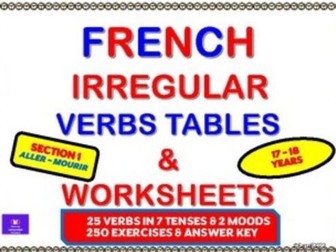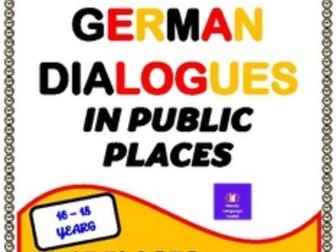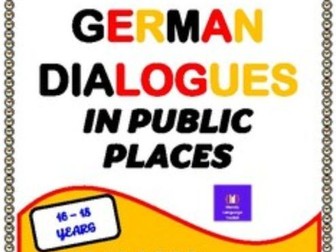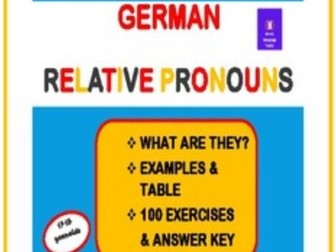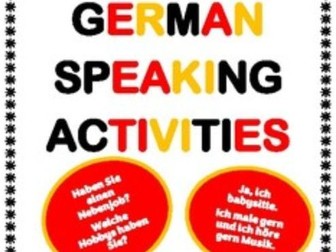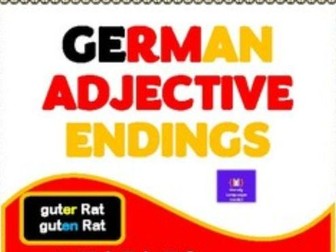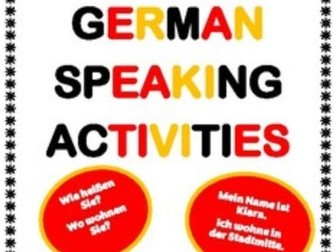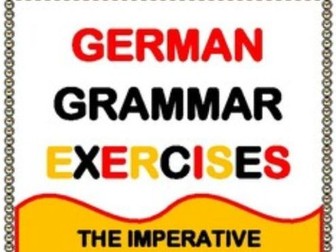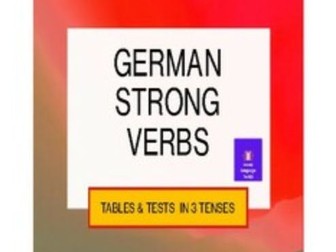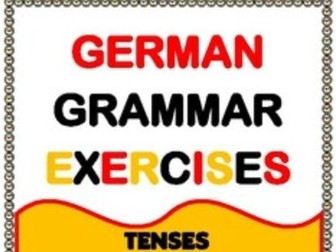French Irregular Verbs Tables & Worksheets - Section 1
<p><strong>French Irregular Verbs Tables and Worksheets - Section 1</strong> is a pack of 25 French irregular verbs tables displaying fully conjugated verbs in 7 tenses and 2 moods and worksheets with an answer key aimed at students aged 17 - 18 years. The verbs range in alphabetical order from ALLER to MOURIR and each page contains:</p>
<ol>
<li>
<p>an irregular verbs table displaying the verb fully conjugated in the present, the imperfect, the perfect, the pluperfect, the past historic, the present subjunctive, the future, the conditional and the imperative followed by</p>
</li>
<li>
<p>a worksheet containing 10 fill in the blanks exercises testing students’ knowledge and use of each tense and mood.</p>
</li>
</ol>
<p>USES:</p>
<p>Combining verbs tables and a fill in the blanks worksheet all on the one page makes this product ideal for:</p>
<ol>
<li>
<p>eliciting recognition, knowledge and use of each verb in each tense and mood at the start of a new term</p>
</li>
<li>
<p>classwork activities after completing learning of the uses of all or most tenses and moods on each page</p>
</li>
<li>
<p>testing students’ knowledge of the correct use of each tense, particularly the past tenses, and ensuring accuracy by students in terms of subject - verb agreement</p>
</li>
<li>
<p>testing students’ ability to choose the correct tense to be used for each irregular verb according to the context given in each French sentence on the individual worksheets</p>
</li>
<li>
<p>revision use for end of term or end of year assessment. The verbs tables and completed exercises could be retained by students as an essential irregular verbs tables guide to help with homework and study for upcoming assessments or exams.</p>
</li>
</ol>
<p>Teachers could choose to distribute any given number of the verbs pages over a period of weeks or months to students in class for on-the-spot testing or for use as part of a class French quiz.</p>
<p>The layout of the verbs tables has been presented in such a way as to enable students to easily memorise the forms of some tenses and the stems of the verbs in some tenses that are similar. The present and the imperfect tenses are placed side by side for each verb, as are the perfect and pluperfect and the future and conditional.</p>
